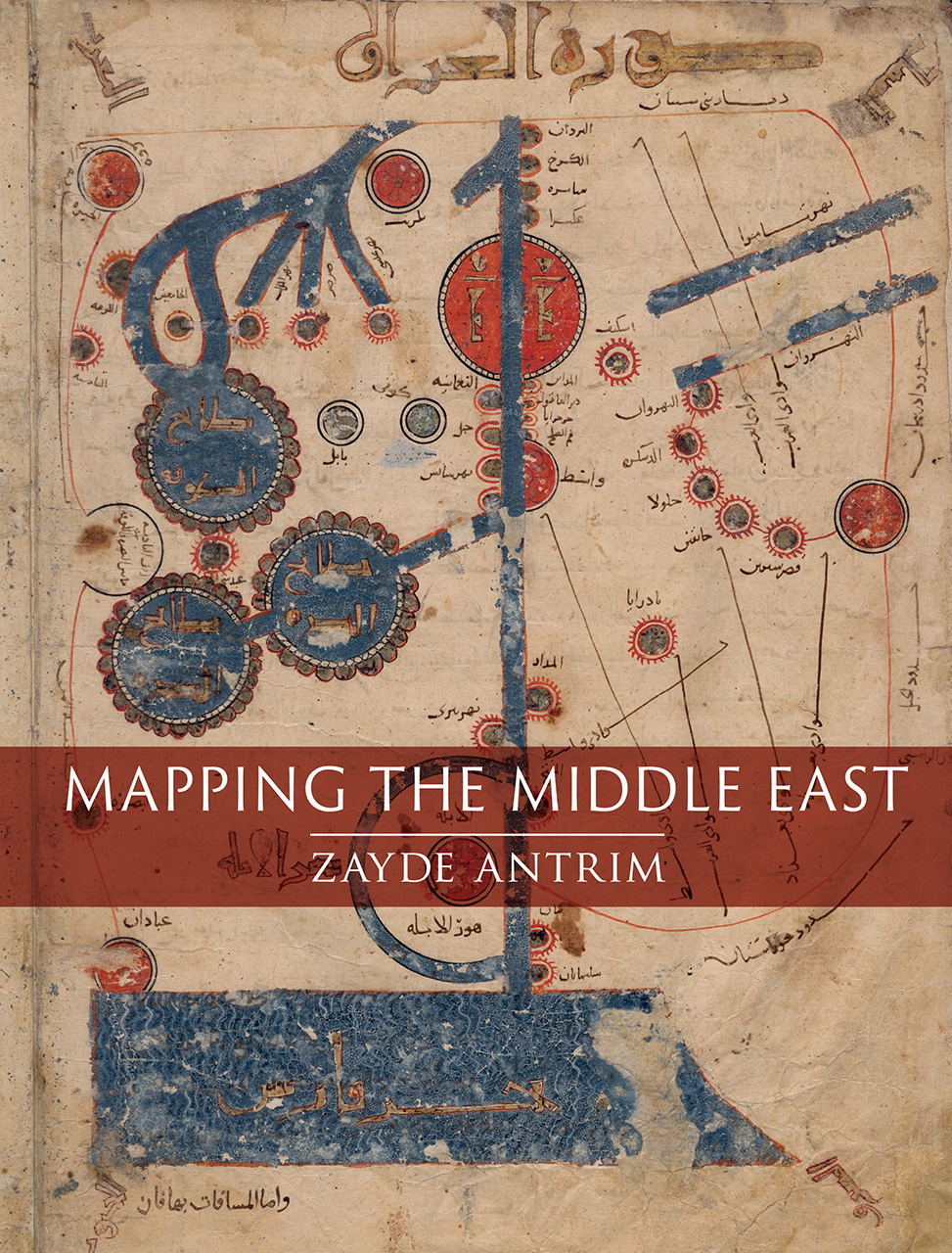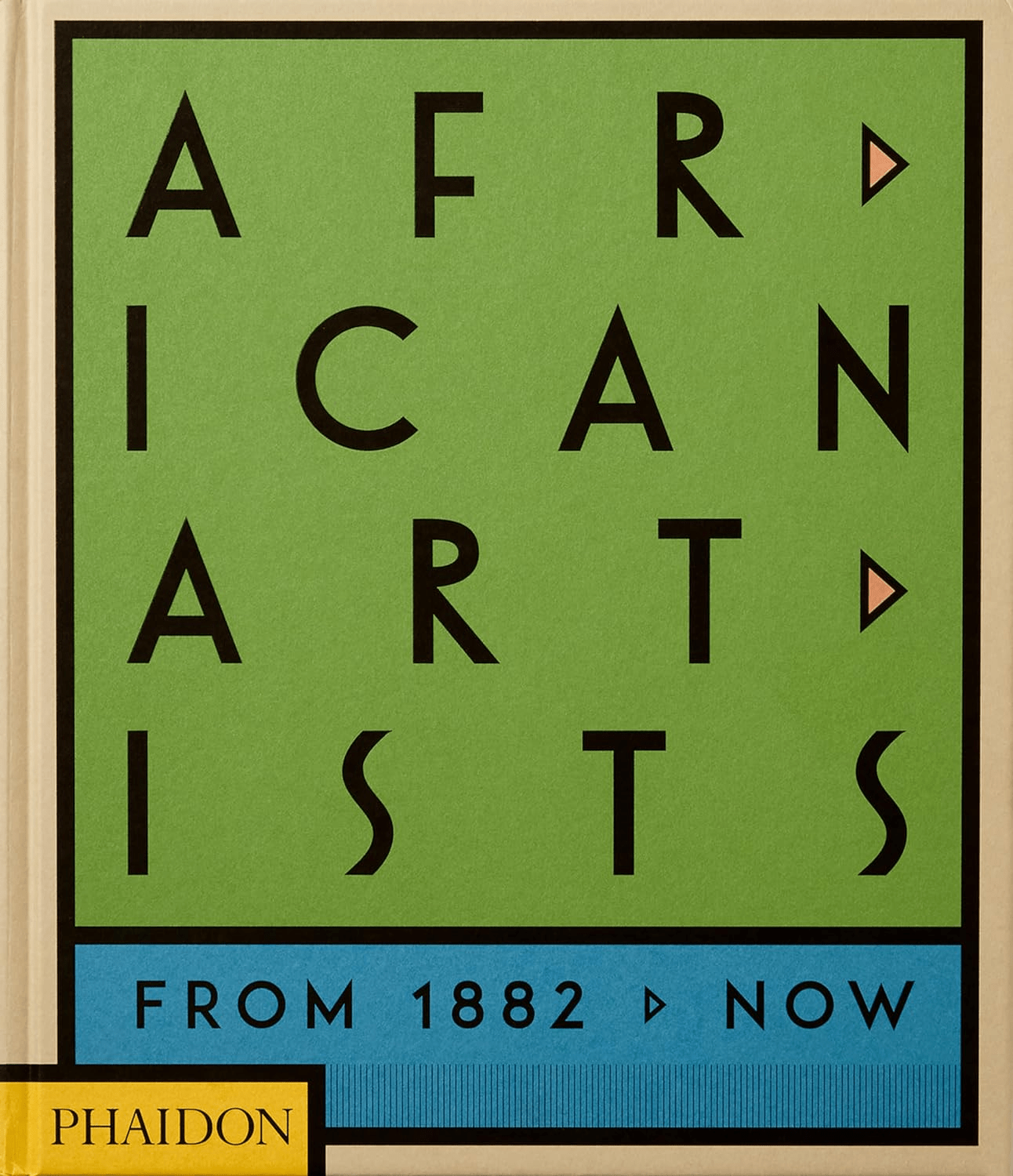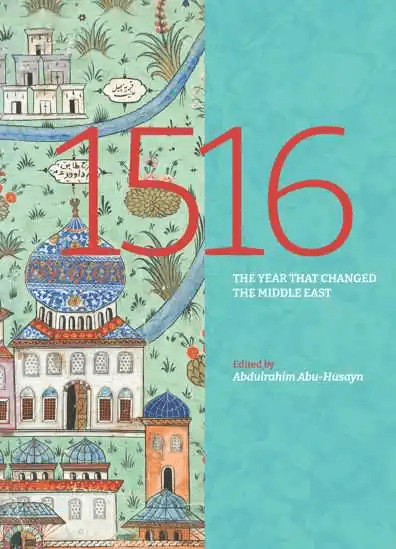
Mapping the Middle East
GRAHAM CHANDLER
Zayde Antrim
2018, Reaktion Books, 978-1-78023-850-0, £35 hb.
The earliest surviving paper maps of the Middle East are found in Arabic manuscripts dating to the 11th century CE. In this analysis of a millennium of cartography of the ever-changing region, Antrim provides welcome insights into the evolving function and meaning of its maps. This detailed and lavishly illustrated volume spans the “realm of Islam” (11th–16th centuries), where maps served more as memory aids than accurate geographical representation: Ottoman mapping traditions; European colonial mapping; and 20th-century national mapping. It shows that from the start—well before the birth of nationalism—citizens imagined land in relation to aspects of belonging. While early Islamic maps bear little resemblance to modern maps, over the centuries people in the Middle East deliberately chose what, how and why to express this sense of “home” via maps. Academic yet highly readable, this book presents the history behind the maps.
You may also be interested in...

A Century of African Art, in 300 Voices, All in One Book
From Cairo to Khartoum to Casablanca, this volume traces how African artists have shaped—and reshaped—modern art over the past century.
Editor Challenges Readers To Witness Islamic History Sans the Modern Lens In New Book
In 1516, Ottoman Sultan Selim I entered Damascus clean-shaven. What followed changed Arab-Turkish relations for 400 years.